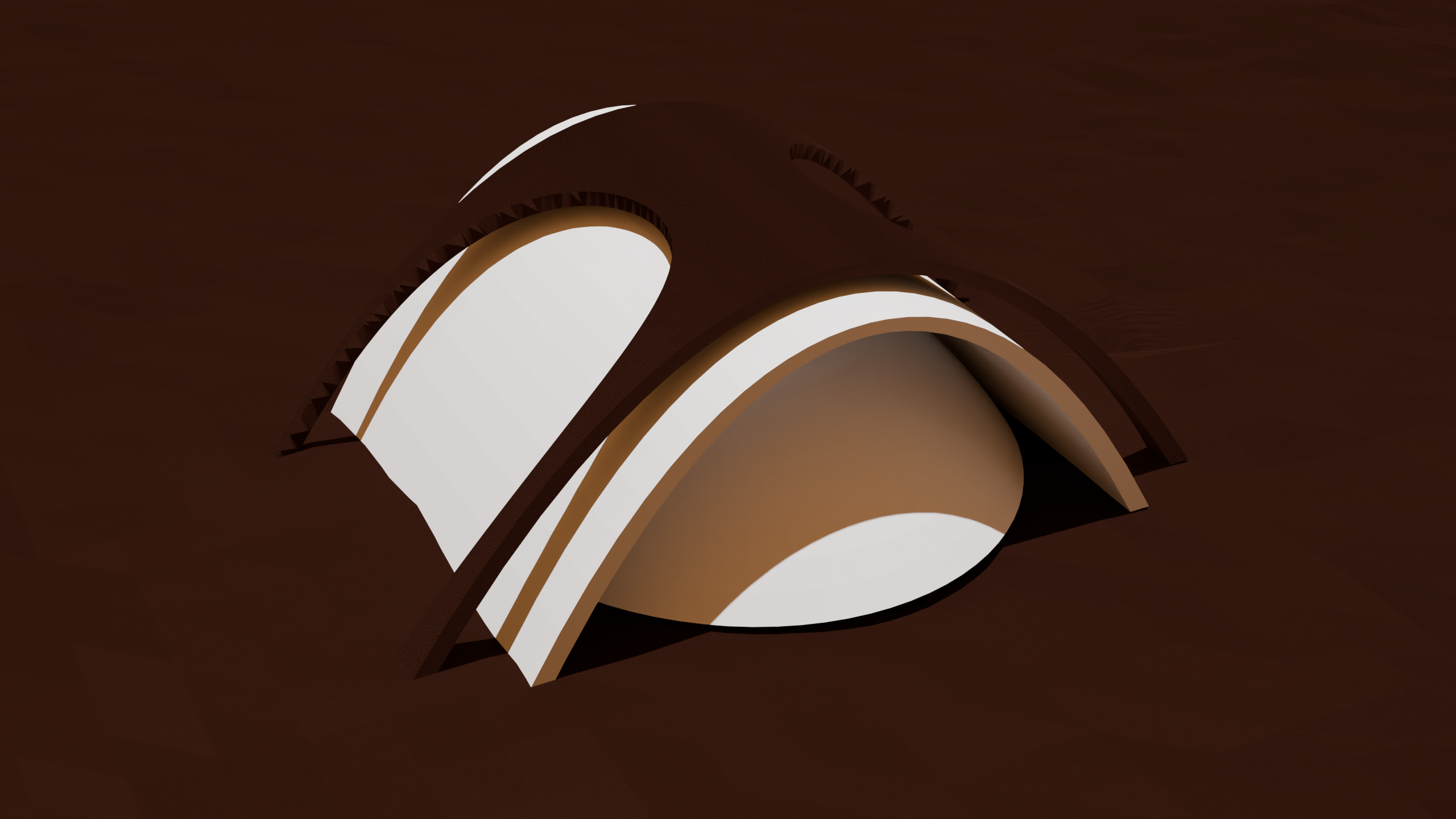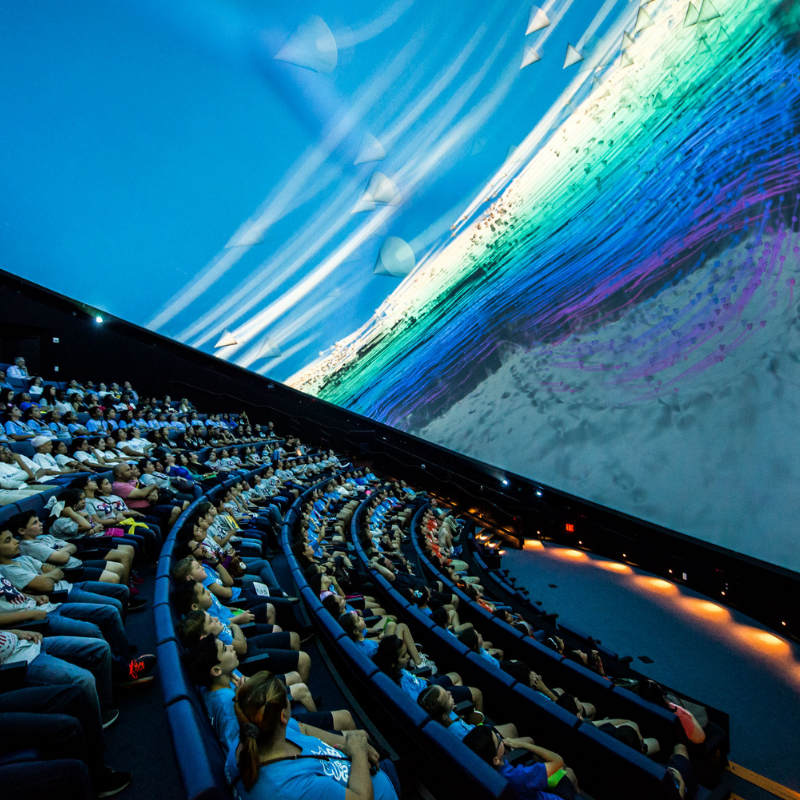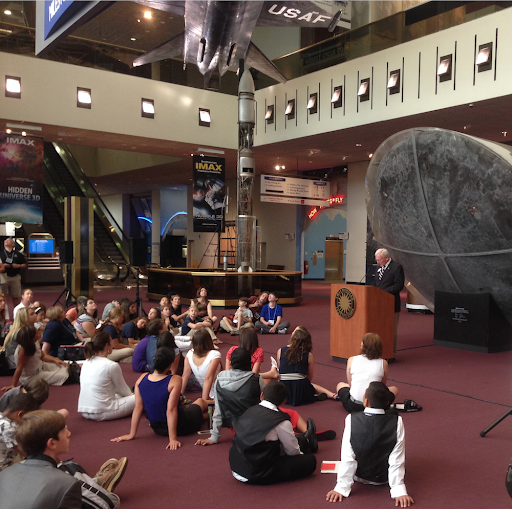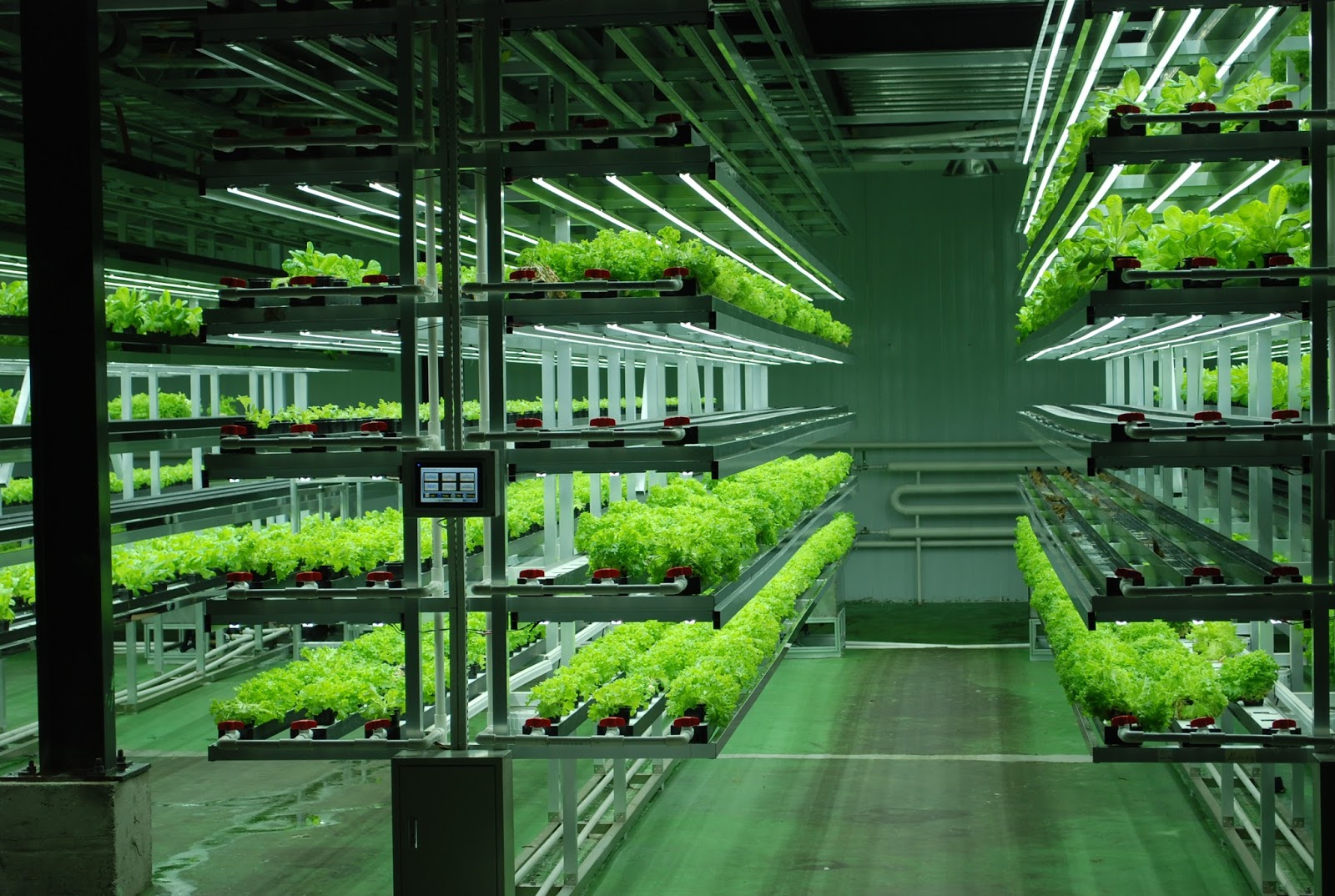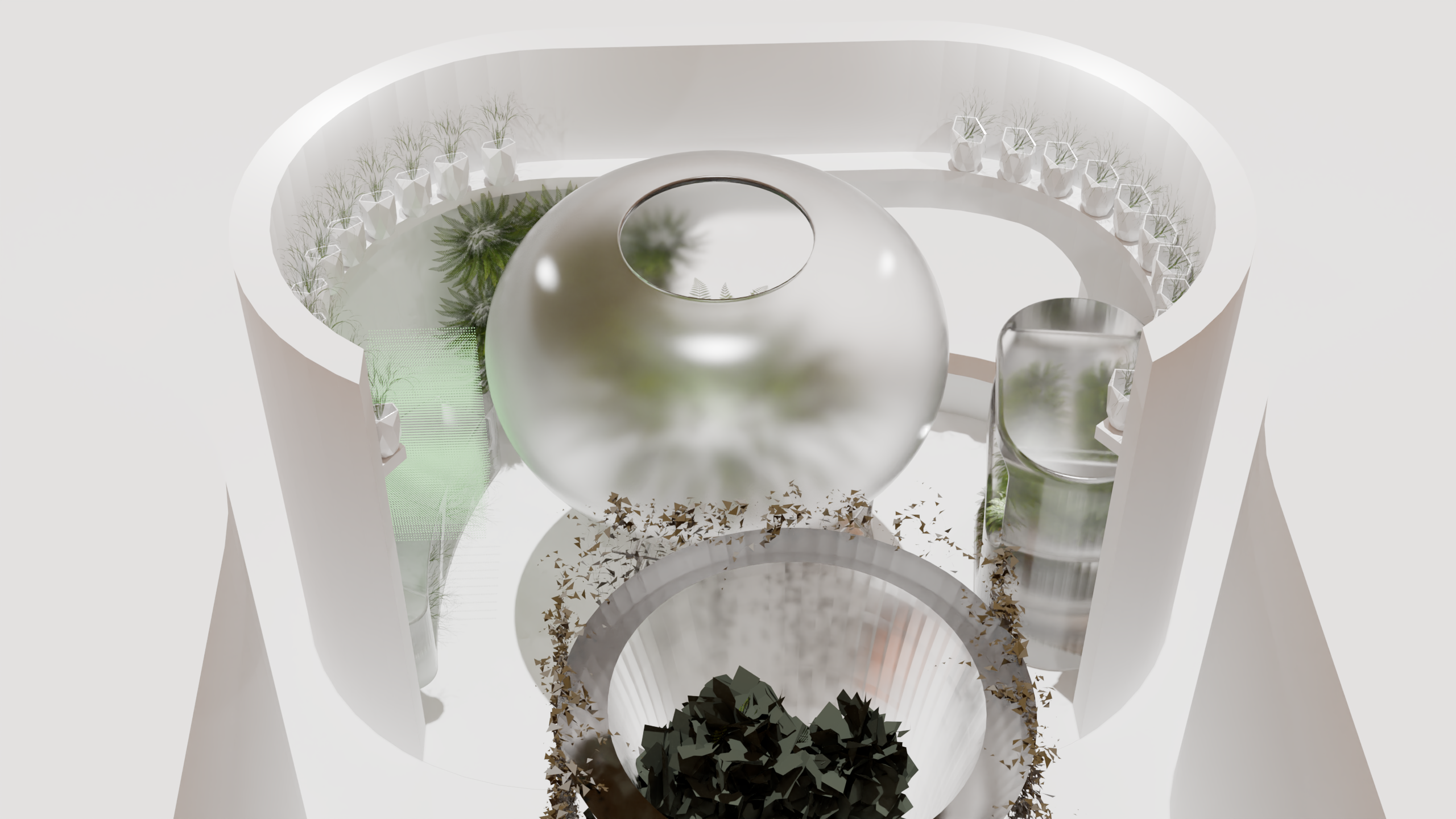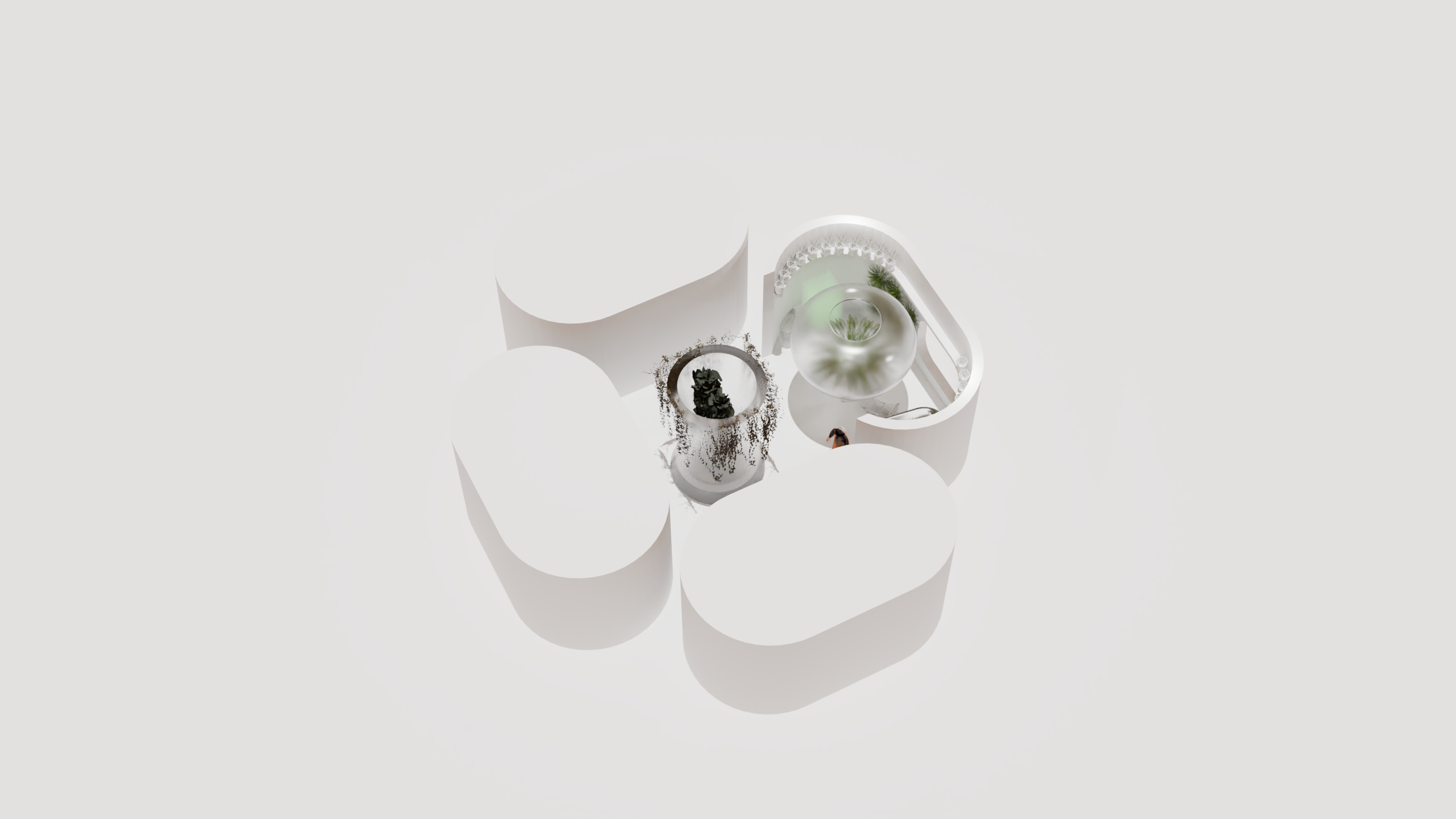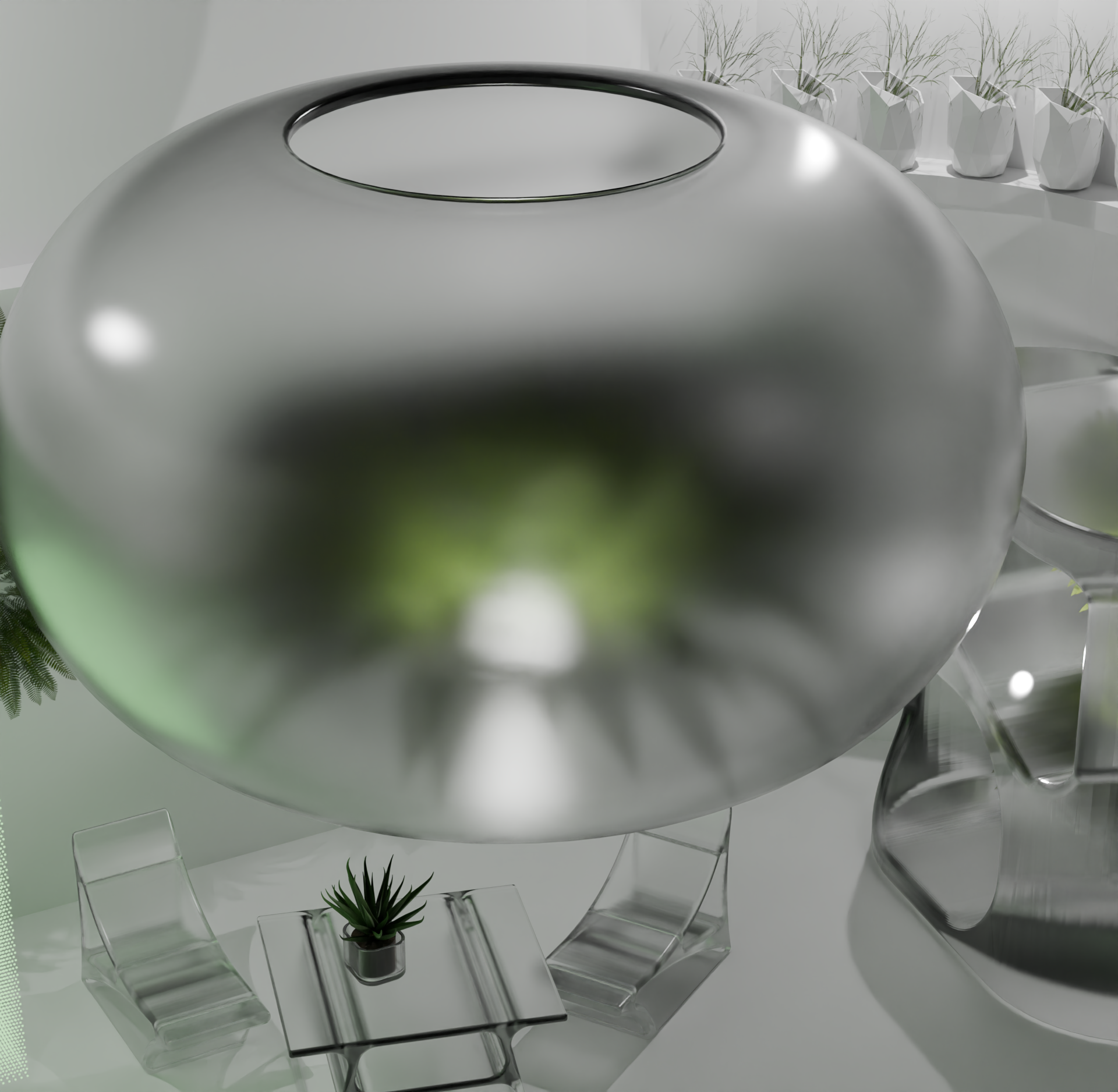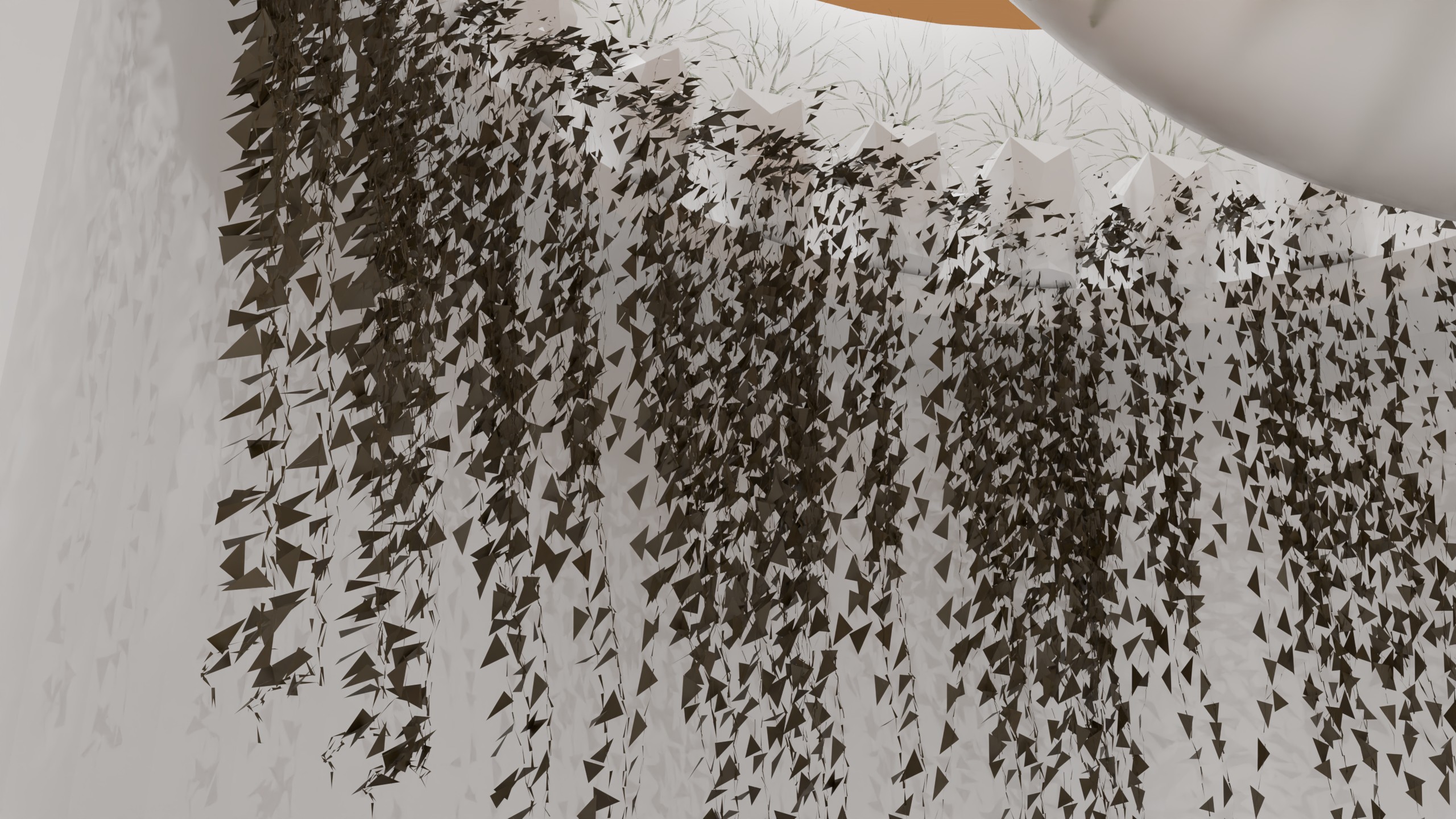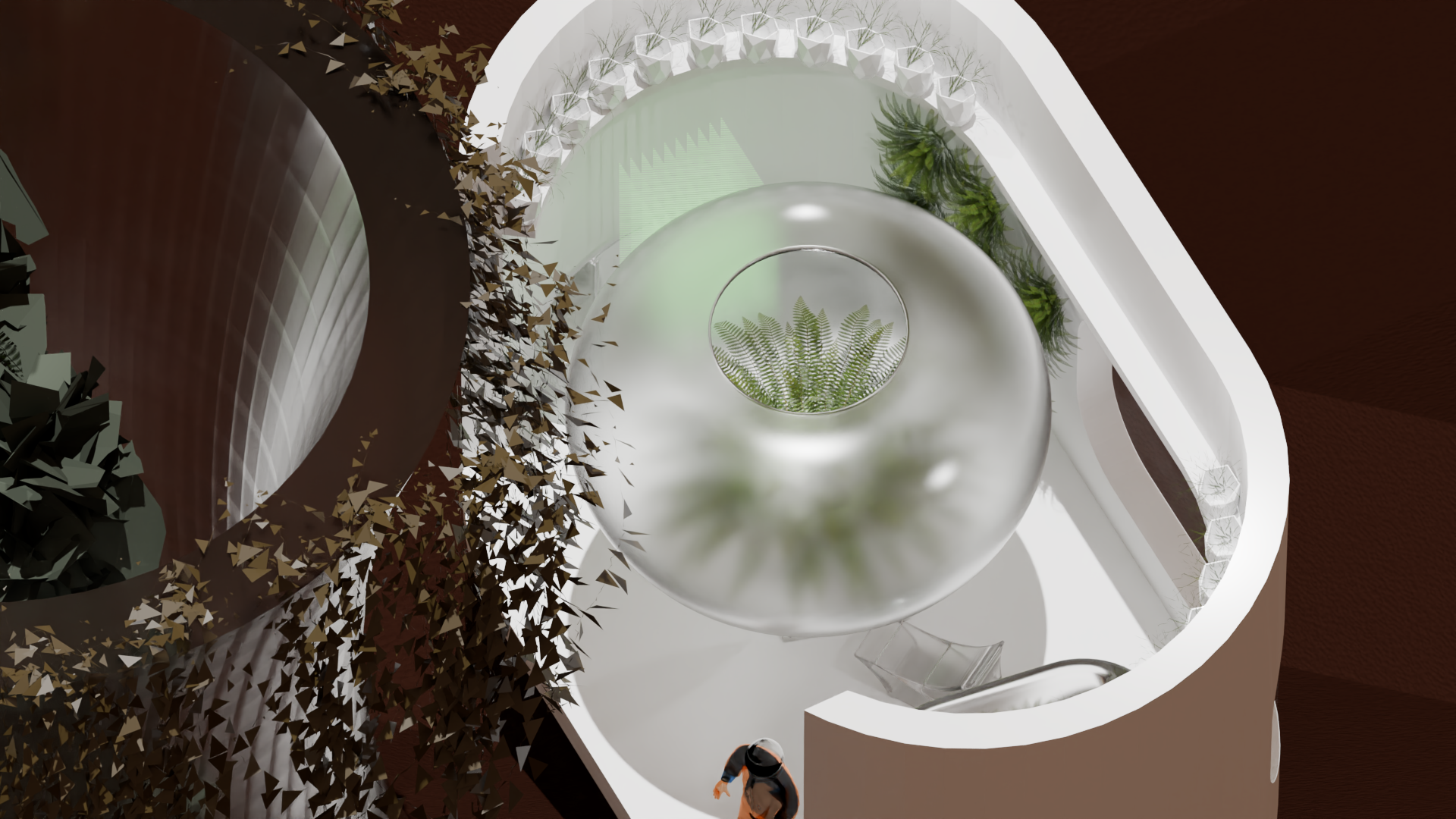Pratt Capstone Project
Spring 2024
Green Mars
Green Mars explores how design can shape the future of human life beyond Earth. Developed as my thesis project at Pratt Institute, it envisions Martian habitats built through 3D printing and infused with biophilic design—bringing greenery, light, and human warmth to the Red Planet. By merging technology and nature, I aimed to transform survival-focused environments into spaces for well-being, sustainability, and connection
Read Capstone Booklet
Problem
As humanity advances toward Martian colonization, the challenge extends beyond survival to ensuring long term physical and psychological well being. Green Mars proposes a habitat system integrating biophilic design with additive manufacturing, utilizing Martian resources to create sustainable, regenerative environments. By introducing vegetation, natural lighting, and closed loop ecological systems, the project envisions habitats that support human health, environmental balance, and emotional connection in extraterrestrial settings.
Vision
Environmental Awareness
Highlights the link between preserving Earth and building sustainable habitats on Mars, emphasizing balance and stewardship.
Contemplating the Future
Encourages imagining humanity as a multi planetary species through both practical and philosophical exploration.
Inspiration and Aspiration
Inspires wonder and ambition toward space exploration, innovation, and sustainable living beyond Earth.
Who?
Audience
Targeted toward students, educators, space enthusiasts, and environmental advocates—individuals driven by curiosity about science, technology, and humanity’s future beyond Earth.
Engagement
Educational:
Builds awareness of the science and innovation behind sustainable life
on Mars.
Emotional:
Evokes responsibility toward Earth and excitement for space exploration.
Behavioral:
Inspires action in environmental stewardship and interest in
STEM pursuits.
Green Mars serves as a futuristic vision and a reflection of our responsibilities on Earth. It encourages a holistic view of humanity’s place in the universe, fostering connection with our environment, curiosity about the cosmos, and collective action toward sustainable living and exploration.
Design Strategy
My approach integrates biophilic design with Mars’ unique environment through advanced 3D printing. The goal is to move beyond survival and create habitats that nurture psychological and environmental well being. By incorporating greenery through hydroponic and aeroponic systems and using Martian materials for construction, Green Mars envisions sustainable interiors that harmonize technology, nature, and the Martian landscape.
3D Printed Decor and Tools
Customizable and locally produced décor and tools using 3D printers, minimizing dependence on Earth for supplies and allowing personalization of living spaces.
Energy-Efficient Lighting Systems
Lighting that mimics the natural progression of Earth’s day, supporting circadian rhythms and reducing energy consumption.
Vertical Green Walls and Ceilings
Utilizing vertical spaces for greenery, enhancing oxygen production and bringing nature into every corner of the habitat.
Aeroponics and Hydroponics
Method of growing plants in an air or mist environment without the use of soil, while hydroponics involves growing plants in a nutrient-rich water solution, also without soil.
Exhibition Display Model
I created a scaled 3D printed model envisioning future Martian habitats. The base, CNC machined and stained to resemble the Martian surface, supports detailed PLA and resin-printed structures showcasing architectural concepts and living spaces. Integrated lighting enhances the display, highlighting the project’s futuristic vision and precision in design.
Renders
I created a scaled 3D printed model envisioning future Martian habitats. The base, CNC machined and stained to resemble the Martian surface, supports detailed PLA and resin-printed structures showcasing architectural concepts and living spaces. Integrated lighting enhances the display, highlighting the project’s futuristic vision and precision in design.
Pratt Capstone Project
Spring 2024
Green Mars
Green Mars explores how design can shape the future of human life beyond Earth. Developed as my thesis project at Pratt Institute, it envisions Martian habitats built through 3D printing and infused with biophilic design—bringing greenery, light, and human warmth to the Red Planet. By merging technology and nature, I aimed to transform survival-focused environments into spaces for well-being, sustainability, and connection
Read Capstone Booklet
Problem
As humanity advances toward Martian colonization, the challenge extends beyond survival to ensuring long term physical and psychological well being. Green Mars proposes a habitat system integrating biophilic design with additive manufacturing, utilizing Martian resources to create sustainable, regenerative environments. By introducing vegetation, natural lighting, and closed loop ecological systems, the project envisions habitats that support human health, environmental balance, and emotional connection in extraterrestrial settings.
Vision
Environmental Awareness
Highlights the link between preserving Earth and building sustainable habitats on Mars, emphasizing balance and stewardship.
Contemplating the Future
Encourages imagining humanity as a multi planetary species through both practical and philosophical exploration.
Inspiration and Aspiration
Inspires wonder and ambition toward space exploration, innovation, and sustainable living beyond Earth.
Who?
Audience
Targeted toward students, educators, space enthusiasts, and environmental advocates—individuals driven by curiosity about science, technology, and humanity’s future beyond Earth.
Engagement
Educational:
Builds awareness of the science and innovation behind sustainable life on Mars.
Emotional:
Evokes responsibility toward Earth and excitement for space exploration.
Behavioral:
Inspires action in environmental stewardship and interest in STEM pursuits.
Green Mars serves as a futuristic vision and a reflection of our responsibilities on Earth. It encourages a holistic view of humanity’s place in the universe, fostering connection with our environment, curiosity about the cosmos, and collective action toward sustainable living and exploration.
Design Strategy
My approach integrates biophilic design with Mars’ unique environment through advanced 3D printing. The goal is to move beyond survival and create habitats that nurture psychological and environmental well being. By incorporating greenery through hydroponic and aeroponic systems and using Martian materials for construction, Green Mars envisions sustainable interiors that harmonize technology, nature, and the Martian landscape.
3D Printed Decor and Tools
Customizable and locally produced décor and tools using 3D printers, minimizing dependence on Earth for supplies and allowing personalization of living spaces.
Energy-Efficient Lighting Systems
Lighting that mimics the natural progression of Earth’s day, supporting circadian rhythms and reducing energy consumption.
Vertical Green Walls and Ceilings
Utilizing vertical spaces for greenery, enhancing oxygen production and bringing nature into every corner of the habitat.
Aeroponics and Hydroponics
Method of growing plants in an air or mist environment without the use of soil, while hydroponics involves growing plants in a nutrient-rich water solution, also without soil.
Exhibition Display Model
I created a scaled 3D printed model envisioning future Martian habitats. The base, CNC machined and stained to resemble the Martian surface, supports detailed PLA and resin-printed structures showcasing architectural concepts and living spaces. Integrated lighting enhances the display, highlighting the project’s futuristic vision and precision in design.
Renders
I created a scaled 3D printed model envisioning future Martian habitats. The base, CNC machined and stained to resemble the Martian surface, supports detailed PLA and resin-printed structures showcasing architectural concepts and living spaces. Integrated lighting enhances the display, highlighting the project’s futuristic vision and precision in design.
Pratt Capstone Project
Spring 2024
Green Mars
Green Mars explores how design can shape the future of human life beyond Earth. Developed as my thesis project at Pratt Institute, it envisions Martian habitats built through 3D printing and infused with biophilic design—bringing greenery, light, and human warmth to the Red Planet. By merging technology and nature, I aimed to transform survival-focused environments into spaces for well-being, sustainability, and connection
Read Capstone Booklet
Problem
As humanity advances toward Martian colonization, the challenge extends beyond survival to ensuring long term physical and psychological well being. Green Mars proposes a habitat system integrating biophilic design with additive manufacturing, utilizing Martian resources to create sustainable, regenerative environments. By introducing vegetation, natural lighting, and closed loop ecological systems, the project envisions habitats that support human health, environmental balance, and emotional connection in extraterrestrial settings.
Vision
Environmental Awareness
Highlights the link between preserving Earth and building sustainable habitats on Mars, emphasizing balance and stewardship.
Contemplating the Future
Encourages imagining humanity as a multi planetary species through both practical and philosophical exploration.
Inspiration and Aspiration
Inspires wonder and ambition toward space exploration, innovation, and sustainable living beyond Earth.
Who?
Audience
Targeted toward students, educators, space enthusiasts, and environmental advocates—individuals driven by curiosity about science, technology, and humanity’s future beyond Earth.
Engagement
Educational:
Builds awareness of the science and innovation behind sustainable life on Mars.
Emotional:
Evokes responsibility toward Earth and excitement for space exploration.
Behavioral:
Inspires action in environmental stewardship and interest in STEM pursuits.
Green Mars serves as a futuristic vision and a reflection of our responsibilities on Earth. It encourages a holistic view of humanity’s place in the universe, fostering connection with our environment, curiosity about the cosmos, and collective action toward sustainable living and exploration.
Design Strategy
My approach integrates biophilic design with Mars’ unique environment through advanced 3D printing. The goal is to move beyond survival and create habitats that nurture psychological and environmental well being. By incorporating greenery through hydroponic and aeroponic systems and using Martian materials for construction, Green Mars envisions sustainable interiors that harmonize technology, nature, and the Martian landscape.
3D Printed Decor and Tools
Customizable and locally produced décor and tools using 3D printers, minimizing dependence on Earth for supplies and allowing personalization of living spaces.
Energy-Efficient Lighting Systems
Lighting that mimics the natural progression of Earth’s day, supporting circadian rhythms and reducing energy consumption.
Vertical Green Walls and Ceilings
Utilizing vertical spaces for greenery, enhancing oxygen production and bringing nature into every corner of the habitat.
Aeroponics and Hydroponics
Method of growing plants in an air or mist environment without the use of soil, while hydroponics involves growing plants in a nutrient-rich water solution, also without soil.
Exhibition Display Model
I created a scaled 3D printed model envisioning future Martian habitats. The base, CNC machined and stained to resemble the Martian surface, supports detailed PLA and resin-printed structures showcasing architectural concepts and living spaces. Integrated lighting enhances the display, highlighting the project’s futuristic vision and precision in design.
Renders
I created a scaled 3D printed model envisioning future Martian habitats. The base, CNC machined and stained to resemble the Martian surface, supports detailed PLA and resin-printed structures showcasing architectural concepts and living spaces. Integrated lighting enhances the display, highlighting the project’s futuristic vision and precision in design.

